
The Mermaid’s Sister
by Carrie Anne Noble
2016 Realm Award
for
Best Speculative Fiction
Introduction
WHAT REVIEWERS ARE SAYING
“There are elements of fantasy, romance, and adventure throughout [The Mermaid’s Sister]. The book is a page-turner; the story pulls the reader in and the dynamic characters and plot twists keep interest levels high. The authorâs writing style is very descriptive, helping the reader truly visualize the sights, sounds, tastes, and adventures of the characters. A must read.” — Publishers Weekly
“Like all good fairy tales, this one touches on deeper themes of sibling rivalry, jealousy, insecurity, and questions of identity. Osbert the rambunctious wyvern is a particularly well-done character. VERDICT Noble’s treatment of the mermaid theme is fresh and original, and even her minor characters are beautifully depicted.”– Library Journal
BACK COVER OF THE MERMAID’S SISTER
There is no cure for being who you really are…
In a cottage high atop Llanfair Mountain, sixteen-year-old Clara lives with her sister, Maren, and guardian Auntie. By day, they gather herbs for Auntieâs healing potions; by night, Auntie spins tales of faraway lands and wicked fairies. Claraâs favorite story tells of three orphaned infantsâClara, who was brought to Auntie by a stork; Maren, who arrived in a seashell; and their best friend, OâNeill, who was found beneath an apple tree.
One day, Clara discovers iridescent scales just beneath her sisterâs skin: Maren is becoming a mermaid and must be taken to the sea or she will die. So Clara, OâNeill, and the mermaid-girl set out for the shore. But the trio encounters trouble around every bend. Ensnared by an evil troupe of traveling performers, Clara and OâNeill must find a way to save themselves and the ever-weakening Maren.
And always in the back of her mind, Clara wonders, “If my sister is a mermaid, then what am I?”
Excerpt Of The Mermaid’s Sister
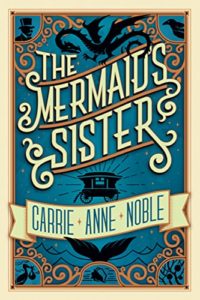 CHAPTER ONE
CHAPTER ONE
Llanfair Mountain, Pennsylvania
1870
Wishing gets you nothing.
These words are old wounds carved into the trunk of an ancient tree. Above the vandal’s warning, the tree stretches evergreen limbs across the glassy-surfaced Wishing Pool. Below, its dark roots twist and trail into the water.
Do trees make wishes? I do not think so.
But I am wishing.
I wish that my sister would come out of the water. I can see her resting on the perfect, round pebbles at the bottom of the pool, the ones tossed in by visitors over hundreds of years, the ones said to be required by the pool sprite as payment. One perfect pebble for each wish. Such pebbles are rare in the world—as rare as magic itself.
Bubbles rise from Maren’s mouth, each one slowly drifting to the surface before popping. Her eyes are closed, her body is as still as a corpse. Little gray fishes nibble at the fabric of her floating petticoat. As she dreams, her webbed toes twitch and a smile spreads across her face.
She never looks so happy on the land.
“Come out,” I say, knowing she will not—even if she does hear me. She never obeys me.
Behind me, twigs crack and leaves rustle. I turn to see our wyvern lifting one foot and then the other, fussing at the moss and sticks between his birdlike toes. His blue scales, pale as a summer sky on his belly and dark as midnight on his back, catch the dim light like curved slices of stained glass. He nods his dragonny head and snorts. Auntie has sent him to bring us home for supper, no doubt.
“Good luck, Osbert darling,” I say. “She’s only been in for an hour.”
Osbert spreads his wings wide and dives nose first into the pool with barely a splash. When he reappears, he brings Maren with him, his sharp teeth clutching the back of her camisole, like an enormous mother dog carrying a naughty puppy by the nape of its neck. When he releases her, she crumples onto the muddy shore. Osbert tickles her neck with his barbed tail and snorts encouragement over her motionless body.
Finally, she awakens with a gasp, sits up, and swats at the watchful wyvern. “Go home, you beast!”
Osbert’s ears flatten and he skulks away, whining.
“He thinks he saved your life,” I say. “You could be kinder to him.”
She does not speak again until we are halfway home, at the place where the forest and meadow meet. She plucks a cornflower from its stalk and says quietly, “Someday I will stay in the water. Someday I won’t come out.”
My heart sinks, down, down. I can think of no reply.
She tosses the flower away and says, “Will you visit me, Clara, when I live in the sea with my mermaid sisters? Will you come in a boat and bring me cherries from Auntie’s tree? Will you come and sing our songs? Will you bring O’Neill?”
“What about Osbert?”
“You may leave the silly wyvern at home. But you must promise to come.” She reaches for my hand. Her webbed fingers are still dripping with Wishing Pool water.
They are more webbed than they were last summer.
I stare at them, my sister’s strange fingers. Until our sixteenth birthday, she had hands like mine. Same size, same shape, same chipped nails stained with tree sap or mud, ink or dyes. Twin hands, although we are not of the same blood. But now, her hands are changing.
She is changing.
I am losing her. I wish I would not.
But wishing gets you nothing.
* * *
With a long match, Auntie lights the three fat, yellow candles in the center of the oaken kitchen table. The scent of beeswax mingles with the scents of vegetable stew and fresh bread. She waves the match in the air like a magic wand and its flame transforms into a puff of white smoke. The smoke curls and stretches into a halo around Auntie’s gray hair.
“Come and sit here, Maren,” Auntie says.
Arms crossed, Maren plods to the chair. She tosses her head and her honey-colored curls bounce about her slim shoulders. She casts a scowl my way to let me know that she knows I told on her.
Auntie takes Maren’s pale hands in her plump, wrinkled ones, turns them this way and that, then holds them close to the candles. And she sighs.
“Now I know why you’ve taken to wearing gloves of late,” Auntie says.
Maren’s cheeks redden and she stares at the tablecloth.
“I should have expected the change to come quickly once you turned sixteen. I hope you will forgive an old woman for not being a better mother. For not better preparing you for what’s to come. Now, is there anything else you should show me, Maren?” Auntie asks, releasing her hands. She lifts Maren’s chin so that she must meet her gaze. “The truth, my dear.”
– – – – –
The Mermaid’s Sister is available in paperback, as an ebook, or on Audible.
 consequently is relative to what, and whose, boundaries. The boundaries, in this case, are those traditionally upheld in Christian publishing, limiting the treatment of violence and sex and often (not always) eliminating use of bad language, alcohol, and cigarettes.
consequently is relative to what, and whose, boundaries. The boundaries, in this case, are those traditionally upheld in Christian publishing, limiting the treatment of violence and sex and often (not always) eliminating use of bad language, alcohol, and cigarettes. I would not criticize this. Itâs only sensible. Some boundaries should exist and some should not, and if we thought any boundary was right it would, of course, be ours. Naturally we oppose those boundaries we think are wrong, and if thatâs called âedginess,â well, go for it.
I would not criticize this. Itâs only sensible. Some boundaries should exist and some should not, and if we thought any boundary was right it would, of course, be ours. Naturally we oppose those boundaries we think are wrong, and if thatâs called âedginess,â well, go for it.

































 What if there werenât only two options?
What if there werenât only two options?


 I’m wondering if the the characters in our novels ought not reflect these same truths. The character without Christ doesn’t have to come across as a hopeless case–the guy who has ruined his marriage, abandoned his kids, who lives one step this side of the gutter. The Christian character, on the other hand, doesn’t need to have all of life figured out, but shouldn’t he be on a rescue mission more than engaged in hand-to-hand combat against vile sinners?
I’m wondering if the the characters in our novels ought not reflect these same truths. The character without Christ doesn’t have to come across as a hopeless case–the guy who has ruined his marriage, abandoned his kids, who lives one step this side of the gutter. The Christian character, on the other hand, doesn’t need to have all of life figured out, but shouldn’t he be on a rescue mission more than engaged in hand-to-hand combat against vile sinners?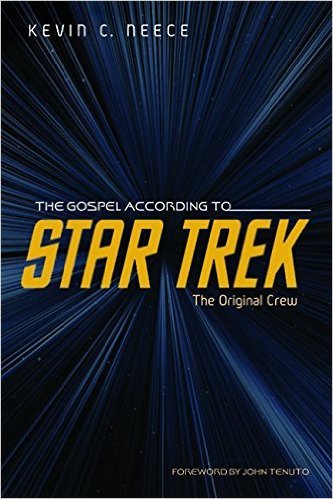

 He’s Ahab. Ahab doesn’t have a change of heart—not because we’re making a broad statement that certain people cannot be redeemed, but because he must represent the self-destructive nature of obsession.
He’s Ahab. Ahab doesn’t have a change of heart—not because we’re making a broad statement that certain people cannot be redeemed, but because he must represent the self-destructive nature of obsession.
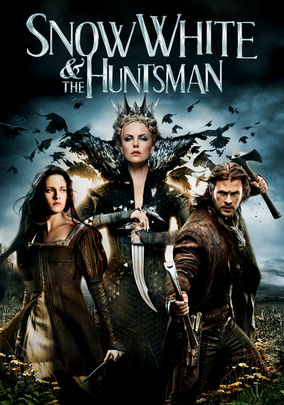
 The fan fiction I’d like to discuss is far less obvious to spot and occupies significant shelf space at your local bookstore: the “retelling” and the “fictional biography.” The first involves taking a classic story and putting your own spin on it (a steampunk MacBeth, for example), and the second is very popular in Christian fiction, where the author takes a real character from the Bible and fleshes out their story.
The fan fiction I’d like to discuss is far less obvious to spot and occupies significant shelf space at your local bookstore: the “retelling” and the “fictional biography.” The first involves taking a classic story and putting your own spin on it (a steampunk MacBeth, for example), and the second is very popular in Christian fiction, where the author takes a real character from the Bible and fleshes out their story.

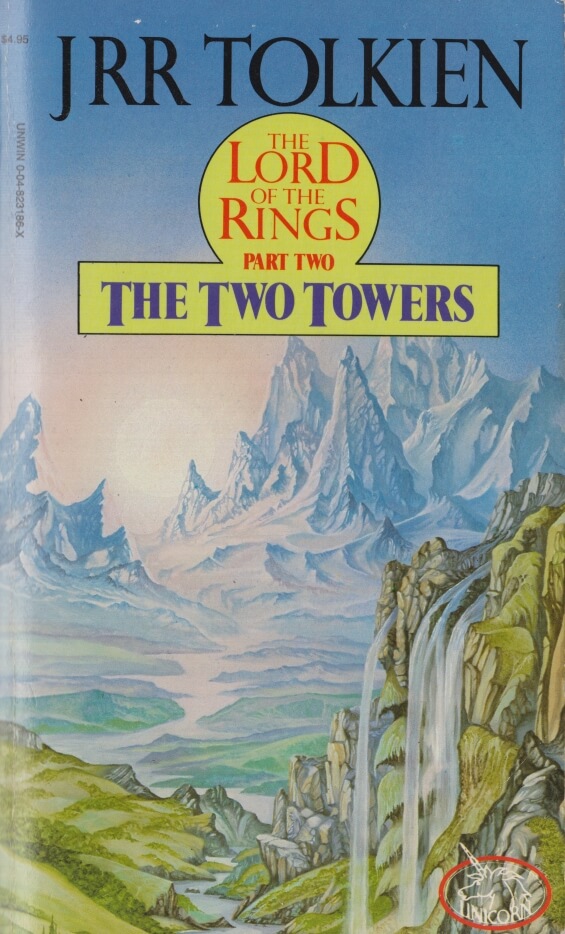
 As I mentioned last week, I’ve been watching the five different Star Trek shows on H&I. I hadn’t remembered the storytelling in each being particularly different from one another—except for the original which felt quite artificial at times. I mean, the women wore those ridiculous miniskirts and nearly every episode had the crew shaken and falling. Not to mention that the poor red shirts were doomed to destruction and that Captain Kirk, in all likelihood, would win some female’s heart before the end of each episode.
As I mentioned last week, I’ve been watching the five different Star Trek shows on H&I. I hadn’t remembered the storytelling in each being particularly different from one another—except for the original which felt quite artificial at times. I mean, the women wore those ridiculous miniskirts and nearly every episode had the crew shaken and falling. Not to mention that the poor red shirts were doomed to destruction and that Captain Kirk, in all likelihood, would win some female’s heart before the end of each episode. Some time ago I watched the last part of Peter Jackson’s The Two Towers on TV shortly after re-reading the Lord Of The Rings trilogy. The main thing I noticed was conflict in the movie where none existed in the book.
Some time ago I watched the last part of Peter Jackson’s The Two Towers on TV shortly after re-reading the Lord Of The Rings trilogy. The main thing I noticed was conflict in the movie where none existed in the book.  Another “it did not happen in the book” example also involved Aragon. On the way to Helms Deep (rather than to Isengard, as the book had it), the people of Rohan were attacked by Uruk-hai and Wargs. In the battle, Aragon was dragged over a cliff and fell to the river. His companions presumed him to be dead.
Another “it did not happen in the book” example also involved Aragon. On the way to Helms Deep (rather than to Isengard, as the book had it), the people of Rohan were attacked by Uruk-hai and Wargs. In the battle, Aragon was dragged over a cliff and fell to the river. His companions presumed him to be dead. In showing the strength of Faramir, the healing of ThĂ©oden, the prowess of Aragon, Tolkien enhanced Borimir’s failure, Denethor’s selfish choice, and Gandalf’s sacrifice. In other words, by not taking every character to the brink before leading them back, he magnified each case in which a character was taken to the brink.
In showing the strength of Faramir, the healing of ThĂ©oden, the prowess of Aragon, Tolkien enhanced Borimir’s failure, Denethor’s selfish choice, and Gandalf’s sacrifice. In other words, by not taking every character to the brink before leading them back, he magnified each case in which a character was taken to the brink. 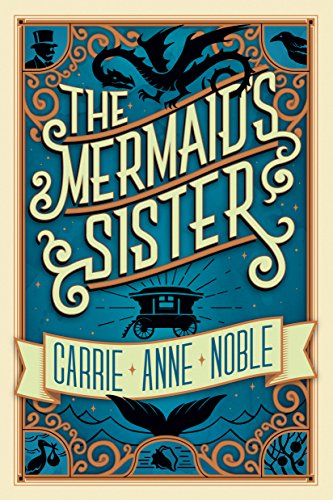

 CHAPTER ONE
CHAPTER ONE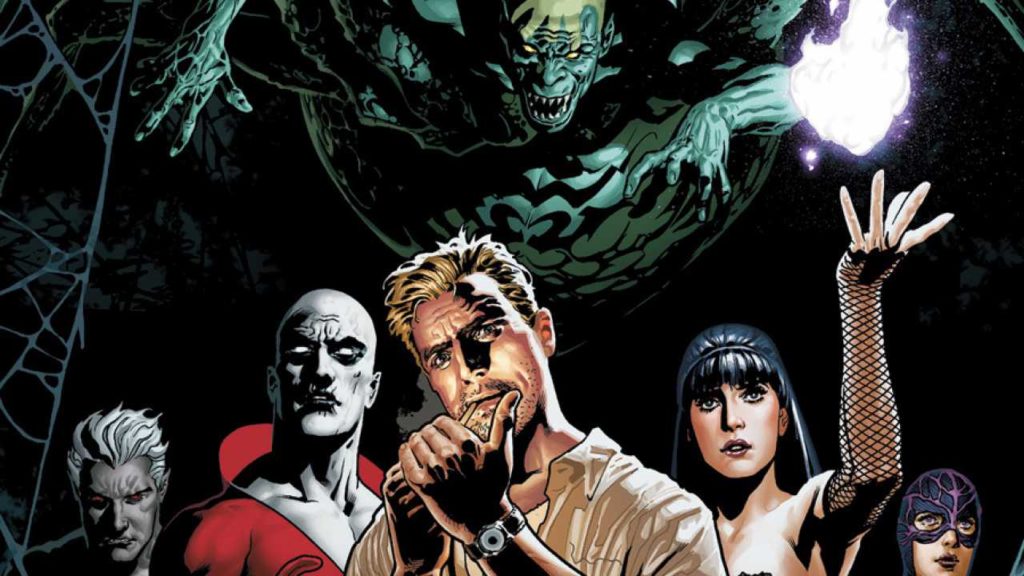
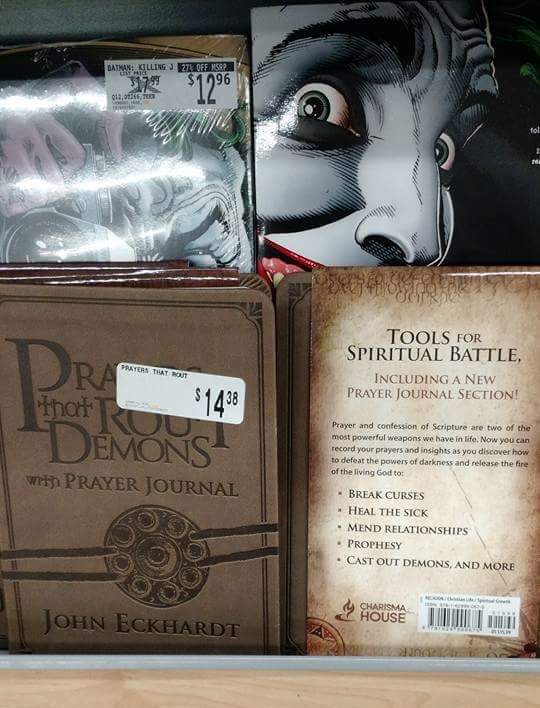

 Not long ago, I took a vocabulary quiz. In the process of it, I learned two new words, avulse and fugacious. It struck me as unfortunate that I would have to look long and hard for an opportunity to use avulse, and I would probably never get a chance to use fugacious at all. Theyâre just too obscure.
Not long ago, I took a vocabulary quiz. In the process of it, I learned two new words, avulse and fugacious. It struck me as unfortunate that I would have to look long and hard for an opportunity to use avulse, and I would probably never get a chance to use fugacious at all. Theyâre just too obscure. p out of use because language evolves and culture changes, and they donât fit anymore. Consider the word âoxblood,â a shade of red that is not actually what you would imagine ox blood to be. Ox blood was once used as a pigment in creating dyes and paints. This would explain why oxblood is a dark color, and not the bright red we normally associate with blood: It was originally associated with ox blood that had dried or been mixed with other ingredients or soaked into materials such as wood or leather.
p out of use because language evolves and culture changes, and they donât fit anymore. Consider the word âoxblood,â a shade of red that is not actually what you would imagine ox blood to be. Ox blood was once used as a pigment in creating dyes and paints. This would explain why oxblood is a dark color, and not the bright red we normally associate with blood: It was originally associated with ox blood that had dried or been mixed with other ingredients or soaked into materials such as wood or leather.


